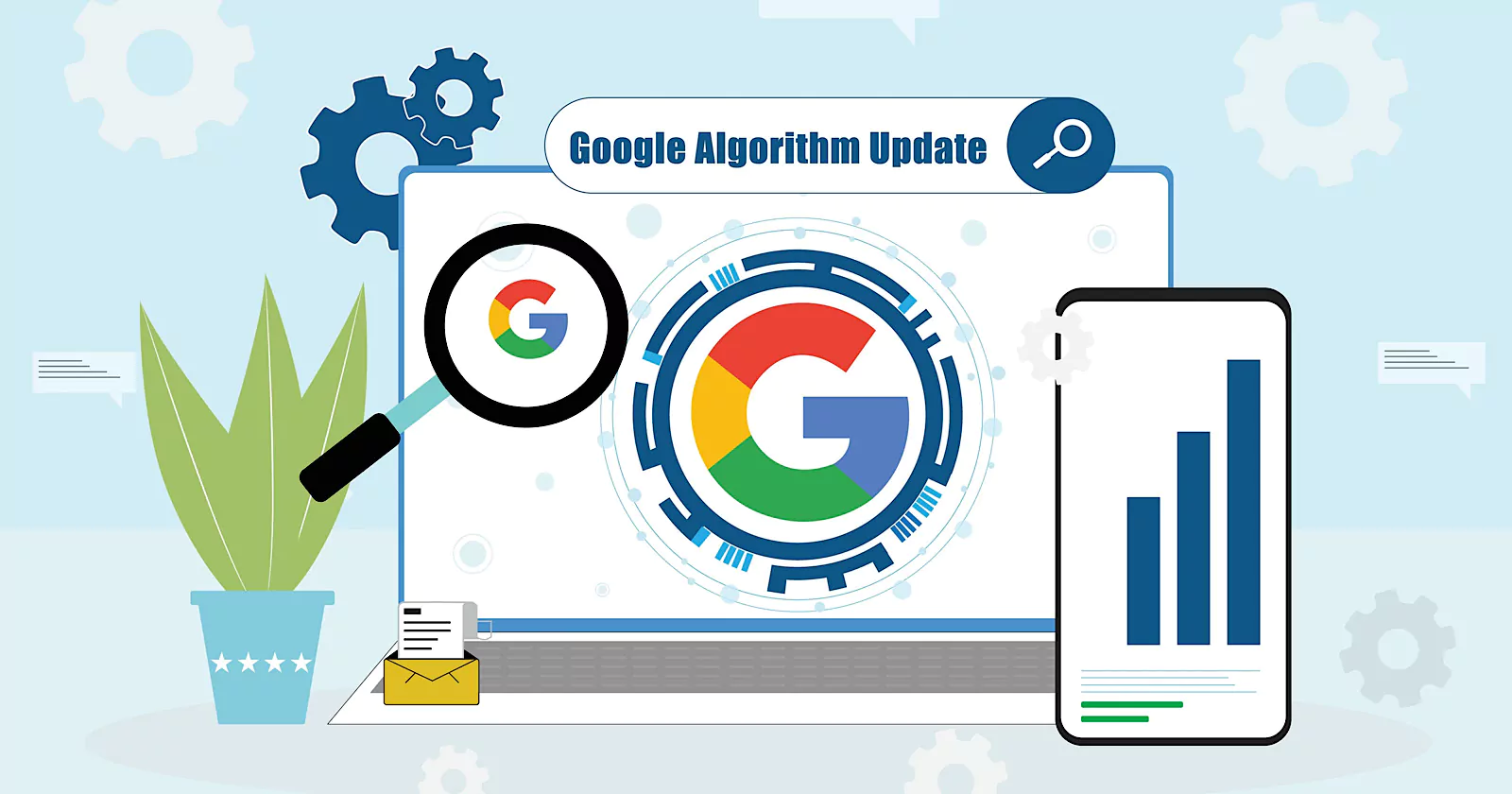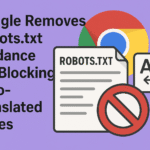
What does the Google algorithm mean?
The updates enumerate some of the most common things that influence the results and give the most relevant information to the user over the others.
In years gone by, the Google algorithm has been simple and has experienced only a few modifications but today as the digital universe is shaped, a more relevant ranking system is required which is however the main reason for the new updates. Such a change naturally called for more updates with Google now employing multiple updates in one year.
Table of Contents
Here is the list of some of the essential updates: Year: 2003- 2010
- Google Florida(2003): The first big change that had been targeted was the overuse of the keywords spamming, and irrelevant information. The crucial aspects were the high-quality content and avoiding stuff that was irrelevant.
- Big Daddy Update(2005): In December, Google announced that the update was not just a change, but rather a quality issue, the update contained traceable links leading to many of the most important search engine ranking pages. This was designed to enhance the genuineness of the search engine result pages.
- Jagger Update(2005): Jagger was one of the most important updates that reinvented link analysis, targeting manipulative link building strategies. The main impact was the website’s backlink profile, content size, and technical factors such as refresh rate.
- Vince Update(2009): Google had launched a new algorithm to track the websites that were violating Google’s policy of spam avoidance such as the door pages and hidden texts.
Caffeine Update(2010): This update introduced a new fast web indexing system. As a matter of fact, Google had succeeded in gathering and analysing over 50% of search results for instance had up-to-date information.
Year 2011- 2015
- Panda Update(2011): The main goal of this particular update was to encourage local organic SEO by quality content creation and the penalising of the pages with low-quality, or spam-like, content, or page crawler issues. With this update, content awareness and user engagement became a priority.
- Freshness Update(2011): This update emphasised the importance of refreshing by providing timely updates to websites in certain industries such as media and technology.
- Page Layout Algorithm(2012): The update apparently made web pages having intrusive (or distracting) ads, penalties, by reducing the visibility of the web pages that decrease the quality of the user experience.
- Venice Update(2012): The successful Venice update amplified the number of local searches. Local search results are more often displayed when a user types a phrase into Google at a particular place. The localization of the retained “10 blue links” started to be founded on local searches.
- Penguin Update(2012): The websites that were searched and found through low backlinks (link spam) or manipulative actions were penalised.
- Exact Match Domain(EMD)Update(2012): Google’s Exact Match Domain(EMD) update changed the way of exact match domains to be considered in the ranks by putting a greater emphasis on the process of data synthesis.
- Payday Loan Update(2013): Google launched the Payday Loan Update to address the spam in payday and very high-interest loan niches.
- Hummingbird(2013): This update was a big leap in the understanding of search queries and the reasons behind them in the foreground instead of merely depending on keyword matches.
- Pigeon Update(2014): The 2014 Google Pigeon update altered the results and ranks for local searches. It improved the relevancy and accuracy of searches. Local SEO and search algorithms were linked by this update.
- Mobilegeddon(2015): The algorithm focused on the search results that ranked mobile-friendly websites 50% higher. It demonstrated the increased significance of mobile browsing.
- Rank Brain(2015): It turned out to be very successful in blending machine learning with the ranking algorithms and brought the search engine closer to understanding users’ search intentions.
Year 2016-2020
- Fred Update (2017): The Google Fred Update was a game-changer in the website auditing industry that aimed to combat issues related to content optimization and page loading speed.
- Featured Snippet Deduplication(2020): On January 22, Google declared that it would stop repeating highlighted snippet URLs on search engine results pages (SERPs). The URL for featured snippets was once shown at position zero in a box at the top of the SERPs, however it may also appear farther down the page. In a sense, you placed twice! Featured snippets are now at position 1 instead of position 0 due to the recent update, which prevents duplicate results. 100% of research listings worldwide were affected by this change.
- May Core Update, 2020: The May Core Update, 2020, was a major shift to recognize and promote unique, educational, and worthwhile content. Websites that generate thorough and well-researched material are more likely to experience improvements in their rankings.
December Core Update(2020): This update was initiated by Google as part of the process to redefine the importance of a post, to modify the weight of links within PageRank, to decide on both matters, or any other measure of ranking the content.
Year: 2021-2023
Many updates occurred in that period including core updates, spam updates, product review updates, helper updates, link spam updates, page experience updates, and known victim protection.
- August 2023 Core Update: The comprehensive core algorithm update focused on the relevance of E-E-A-T for website owners. It was made to ensure that the Google search results are reliable, vlue-based, and of the highest caliber.
- September 2023 Helpful Content Update: It was a move to increase the focus of users on effective, helpful, useful, and informative sites but less attention to not-so relevant pages.
- October-November Update: Google runs several updates within the time frame of October-November with the core and spam updates being the most popular.
Year 2024
- March 2024 Update: The update was the brainchild of the Google team and inspired to reduce the quantity of inappropriate content on the internet and also was a ground for moving in the saga of anti-spam measures.
- AI Overview(2024): In 2024, Google introduced a new language model, called Gemini, in the USA which had the ability to generate summaries of search results.
- June 2024 Spam Update: The purpose of this update is to counter the spam websites and those that violate Google’s spam policy guidelines. It also wants to enhance the search results and have a search engine that affirms quality rather than quantity.
Final Words
These are some of the algorithm updates brought about by Google. Google continuously works towards providing quality and precision to the user and this is evident from every update they make. Google’s algorithms will change with the evolving digital world, therefore, SEO professionals will indeed need to be more creative if they want to maintain their position! Staying on top requires considerable optimization!




